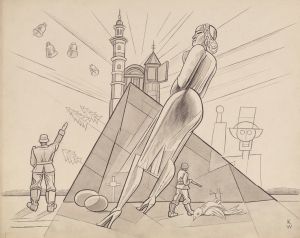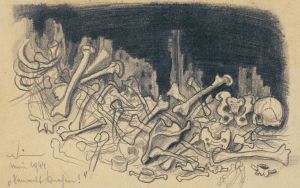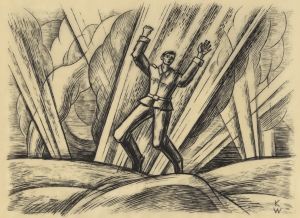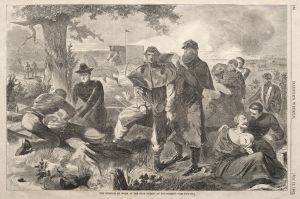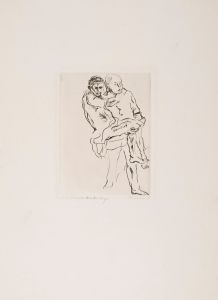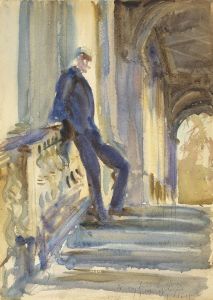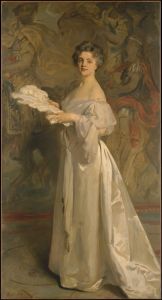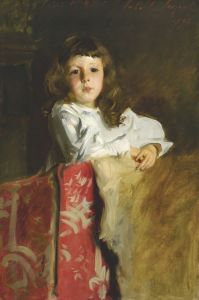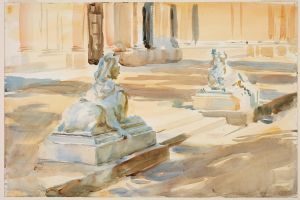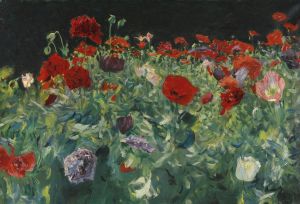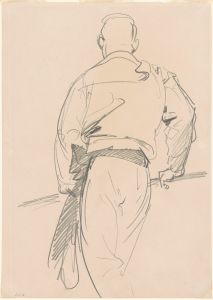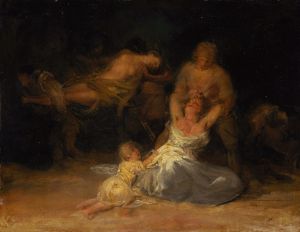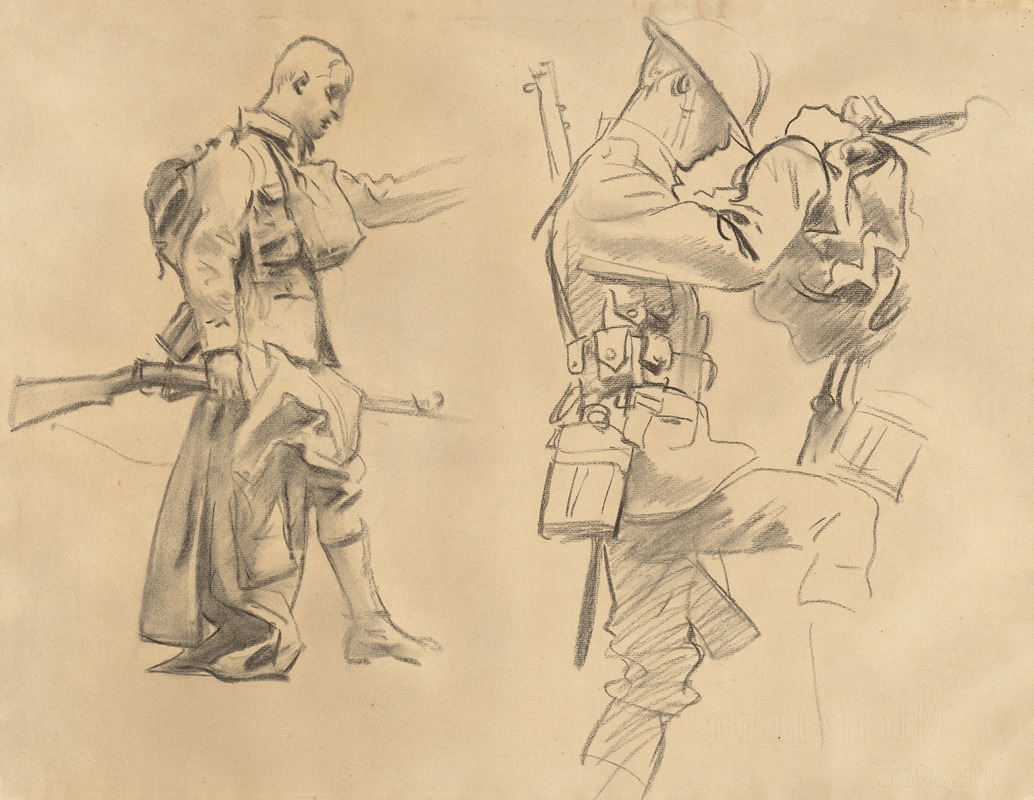
Studies for ‘Gassed’
A hand-painted replica of John Singer Sargent’s masterpiece Studies for ‘Gassed’, meticulously crafted by professional artists to capture the true essence of the original. Each piece is created with museum-quality canvas and rare mineral pigments, carefully painted by experienced artists with delicate brushstrokes and rich, layered colors to perfectly recreate the texture of the original artwork. Unlike machine-printed reproductions, this hand-painted version brings the painting to life, infused with the artist’s emotions and skill in every stroke. Whether for personal collection or home decoration, it instantly elevates the artistic atmosphere of any space.
John Singer Sargent's "Studies for ‘Gassed’" are preparatory works for his monumental painting "Gassed," which was completed in 1919. Sargent, an American expatriate artist renowned for his portraiture, was commissioned by the British War Memorials Committee to contribute to a planned Hall of Remembrance for World War I. The commission aimed to document the war's impact and honor those who served.
"Gassed" depicts the aftermath of a mustard gas attack on the Western Front during World War I. The painting shows a line of soldiers, blinded by the gas, being led to a medical station. The scene captures the grim reality of chemical warfare, a new and terrifying aspect of combat introduced during the conflict. Sargent's work is noted for its stark realism and emotional impact, emphasizing the vulnerability and suffering of soldiers.
The studies for "Gassed" include sketches and smaller compositions that Sargent created to develop the final painting. These studies were crucial in helping him plan the composition, understand the figures' arrangement, and capture the somber mood of the scene. Sargent's preparatory works often involved detailed sketches of individual figures and groups, focusing on their poses and expressions to convey the exhaustion and disorientation caused by the gas attack.
Sargent visited the Western Front in July 1918, where he witnessed the war's devastation firsthand. This experience profoundly influenced his work on "Gassed." The studies reflect his observations and the emotional weight of the scenes he encountered. They reveal his meticulous process of translating real-life experiences into a powerful artistic statement.
The studies for "Gassed" are characterized by their attention to detail and the use of various media, including pencil, watercolor, and oil. These preparatory works demonstrate Sargent's skill in capturing human emotion and movement, as well as his ability to convey the broader themes of war and suffering. The studies are not only valuable for understanding Sargent's artistic process but also serve as historical documents that provide insight into the experiences of soldiers during World War I.
Sargent's "Gassed" and its studies are housed in various collections, with the final painting residing in the Imperial War Museum in London. The studies themselves are scattered across different institutions and private collections, each offering a glimpse into the artist's creative journey. Through these works, Sargent has left a lasting legacy that continues to resonate with audiences, reminding them of the horrors of war and the resilience of those who endure it.
Overall, the studies for "Gassed" are an integral part of Sargent's oeuvre, showcasing his ability to blend artistic skill with poignant social commentary. They highlight the importance of preparatory works in the creation of a masterpiece and underscore the role of art in documenting and interpreting historical events.





